Ian Fleming’s iconic spy James Bond has found his way to the silver-screen 25 times to date; yet, there are even more 007 stories that were planned for movies, which, for various reasons, never entered production. The reasons for these Bond projects being cancelled range from bad timing to creative differences to the studio mandates. While the world’s most famous spy has remained a mainstay in Hollywood since the 1960s, Bond’s history hasn’t been without upheavals.
The character of James Bond was created by British author Ian Fleming, who wrote 12 of these spy novels in total. Weaving tales of espionage, international intrigue, and romance through the eyes of 007 remains Fleming’s most enduring literary legacy, and since 1962, his beloved Bond has been a cinematic legend. The familiar iconography of Bond is entrenched in Western culture, albeit altered by his various eras. No matter which actor dons the 007 title, the audience has certain general expectations which will be met with each adventure. From Bond’s cool cars to his blossoming romances, the spy delivers time and time again on these familiar tropes.
There are a number of James Bond movies that were planned, but for various reasons, were cancelled before entering production. Had some of these forthcoming titles been produced, it could have deeply altered the brand of Bond, for better or worse. Ultimately, the impact these films could have had can never be known — but it’s enticing to wonder what could have been.
Alfred Hitchcock’s Thunderball
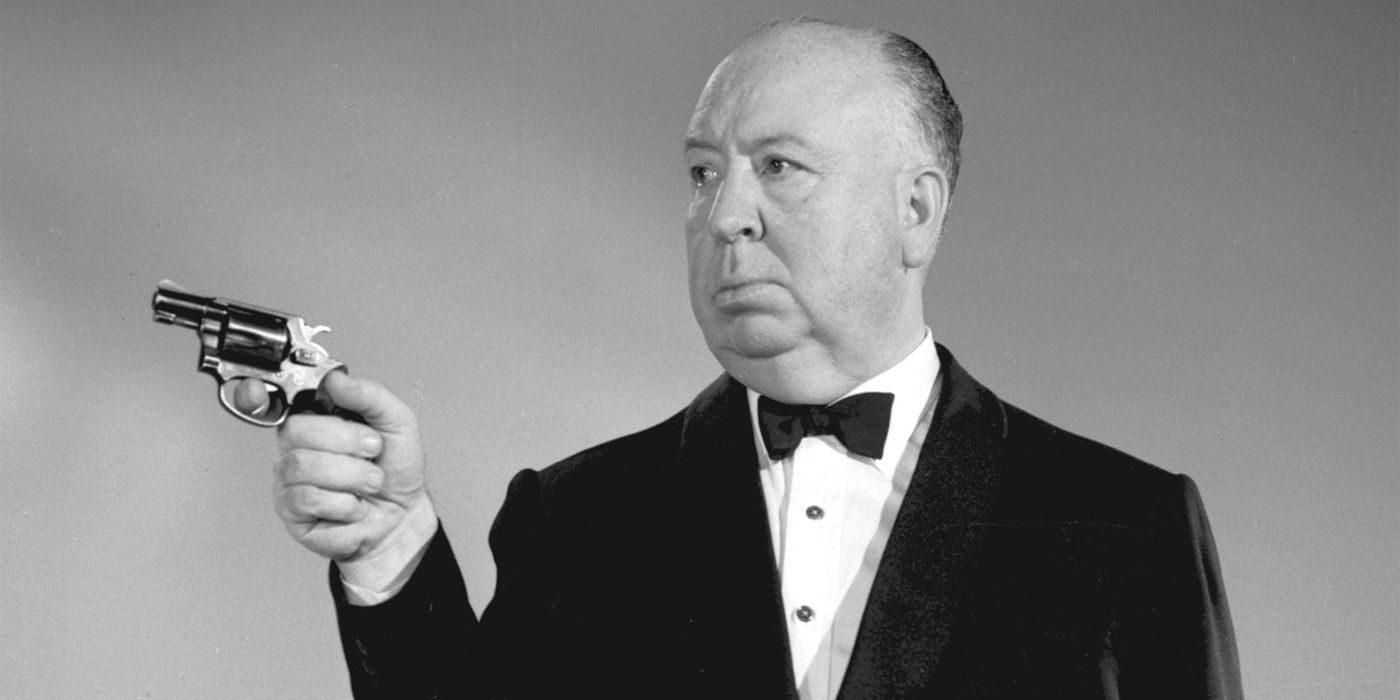
In the cinematic world of what ifs, few scenarios are more tantalizing than the idea of Alfred Hitchcock directing a James Bond film. A more commercialized version of the auteur’s signature style, found in the best Hitchcock movies, could have very well broadened Bond’s already mass appeal and redefined what would later come to be known as blockbusters. This alternate history nearly came to pass in 1959 when the director was approached to helm 007’s inaugural adventure.
Ian Fleming himself sought out Hitchcock to direct the first Bond movie. The author inquired via telegram if Hitchcock would be interested in directing an original Bond screenplay (an early version of Thunderball), and, according to rumors, the project almost happened. It’s unclear if Hitchcock ever read the script; however, reports suggest Hitchcock was hesitant to direct another spy thriller so soon after North by Northwest. Hitchcock’s next film was 1961’s Psycho — an iconic picture that set the course for the remainder of his career. The script for Thunderball was abandoned, and the first Bond film to be produced was 1961’s Dr. No.
George Lazenby Starring in Diamonds Are Forever
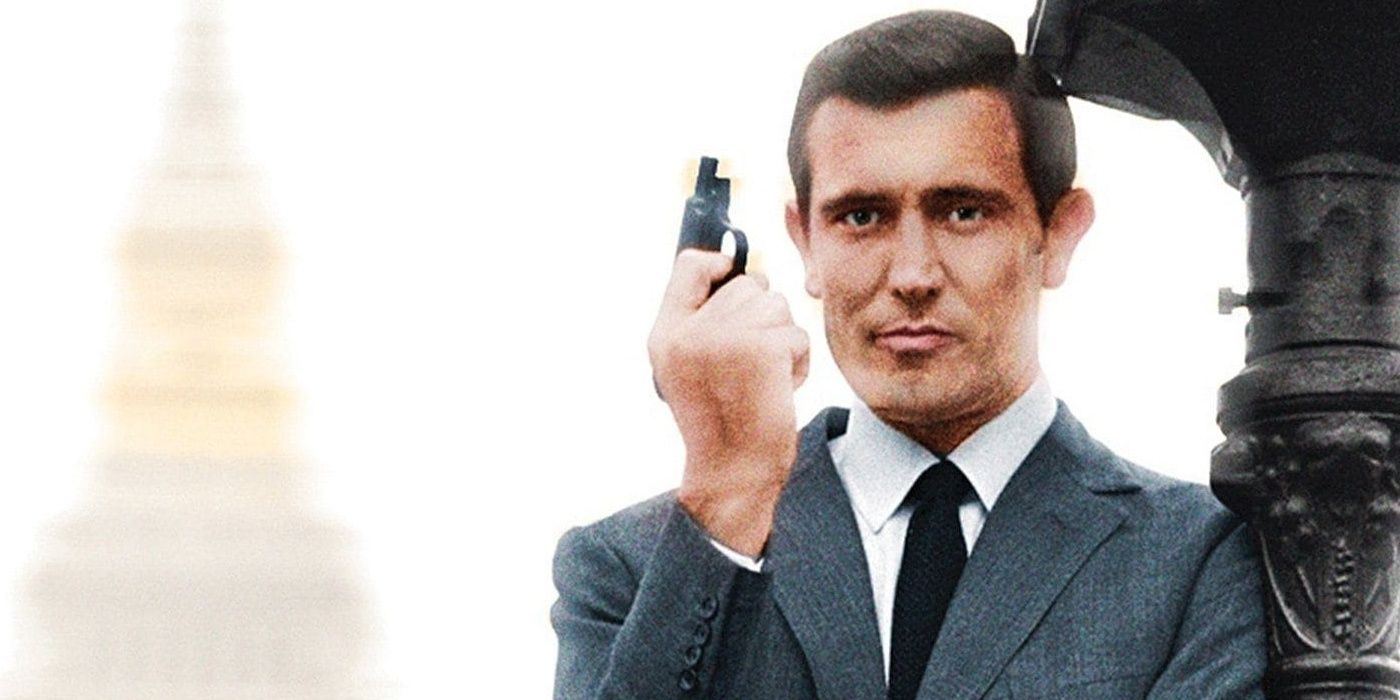
Another notable creative change that seemingly shifted the tonal direction of the Bond franchise occurred in the late 1960’s. This time it wasn’t the director, but rather the actor playing the titular lead. George Lazenby only played Bond once in the now well-regarded On Her Majesty’s Secret Service. Lazenby was supposed to star in the follow-up film Diamonds Are Forever. The initial vision of this film was to continue the narrative trajectory of the previous movie, both in plot as well as in tone. On Her Majesty’s Secret Service saw Bond’s wife murdered, so the sequel was originally going to have those events play out, with Bond going on a revenge mission imbued with grief and loss.
Production was all set for the Bond sequel; however, Lazenby was disgruntled by the creative process of this first film, and he dropped out of a career-defining role. As it went, the script was re-written following the loss of its leading man. Ultimately, this led to a far campier version in Sean Connery’s swan song as the iconic spy.
Timothy Dalton Starring in The Property of the Lady
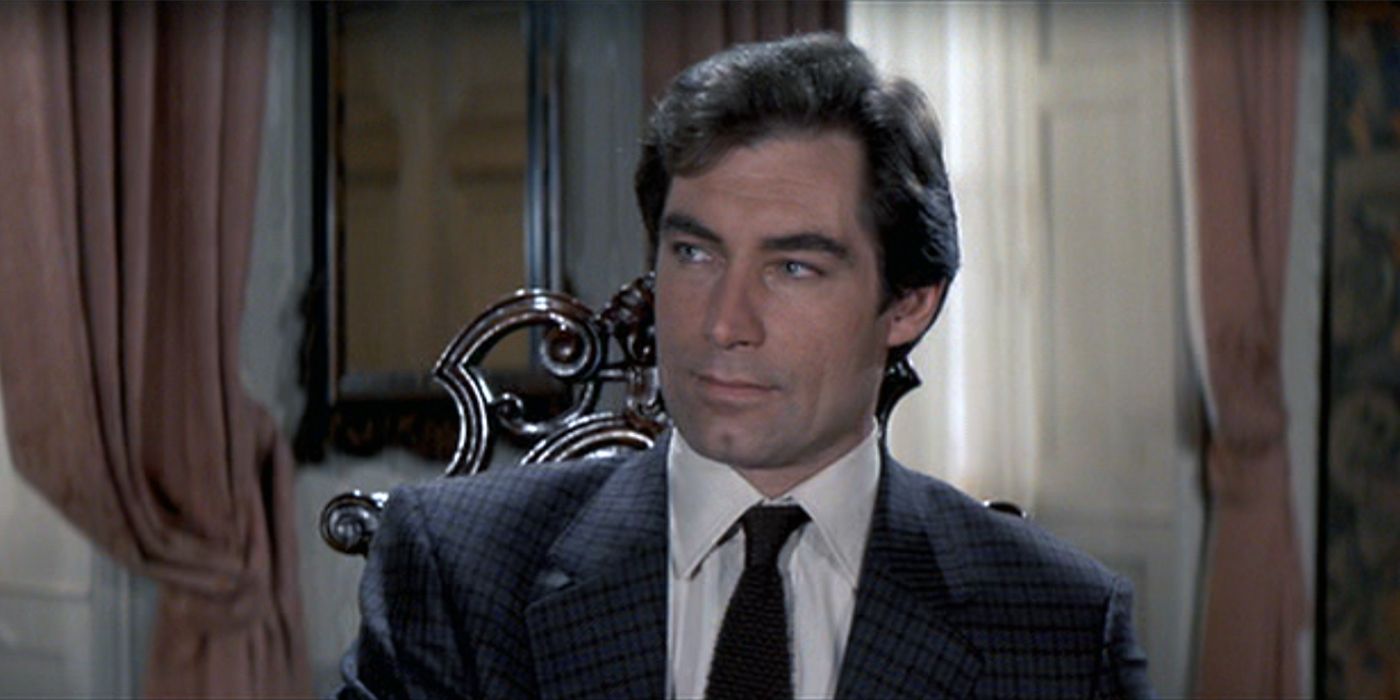
Another planned James Bond movie that never came to fruition occurred in the Timothy Dalton Bond era of the late 1980’s. The actor’s two starring roles in The Living Daylights and Licence to Kill were well-received performances, but sadly, those features were the extent of his time in the role. Dalton’s third Bond picture would have been titled The Property of the Lady. Due to legal issues between MGM and Danjaq, the company that previously owned the rights to the James Bond franchise, the project never got off the ground. Had this not been the case, audiences would have been privy to Timothy’s edgy Bond investigating fraudulent businessmen in the Far East linked to a terrorist attack.
Quentin Tarantino’s Casino Royale
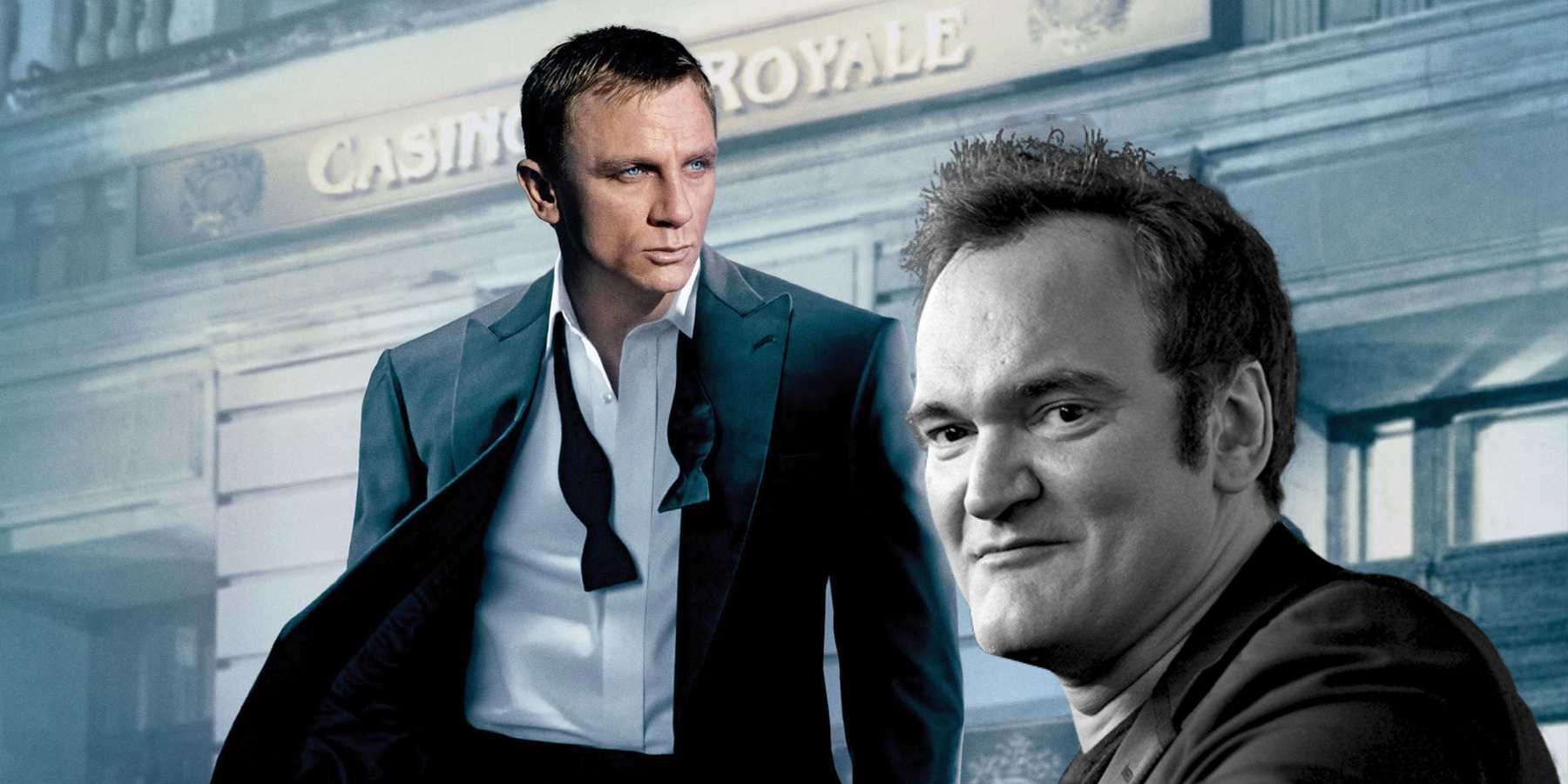
Despite his three decades in the industry, Quentin Tarantino has yet to direct a franchise film; however, according to rumors, Bond was the one tentpole that caught the director’s eye. The story is that after Pulp Fiction, Tarantino tried to buy the film rights to none other than Casino Royale, but the studios wouldn’t sell them. Then in 2004, roughly a decade later, he once again approached the powers that be to direct this particular Bond adventure. The two sides never saw eye-to-eye: Tarantino’s Casino Royale would have been a character-driven story on a smaller scale than other Bond films. His vision was to include his often utilized actress Uma Thurman as Vesper Lynd, film the movie in black and white, and set the story in the past. This version of Bond would have been a stark contrast to the rest of the franchise — perhaps why Tarantino was ultimately unsuccessful at lobbying to direct.
Halle Berry’s Jinx Solo Movie
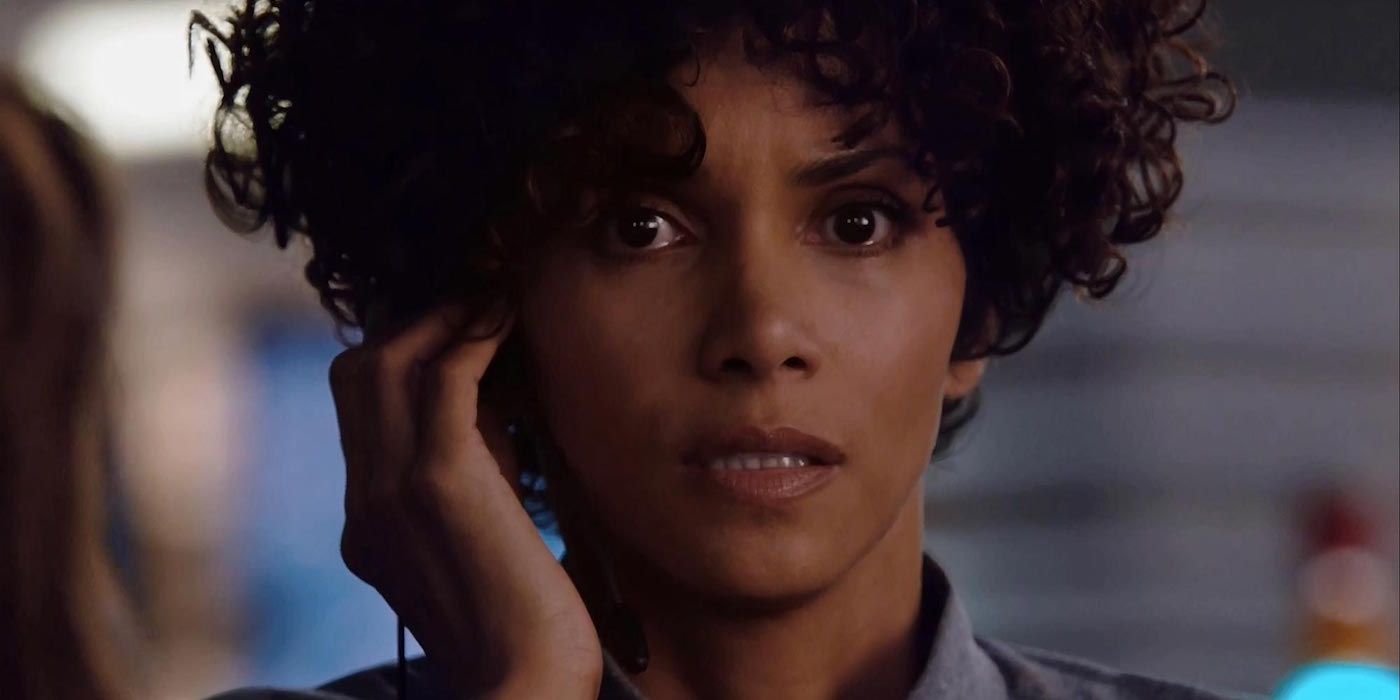
Halle Berry’s character Jinx in Die Another Day was a hit with audiences. This, coupled with the confluence of Berry’s star being at an all time high, led executives to consider a potential solo film. The studio even hired writers to pen the script for the spin-off, and had Stephen Fears attached to direct. Sadly, despite Berry’s enthusiasm for the character, MGM ultimately decided against putting the feature into production.
Kevin McClory’s Warhead
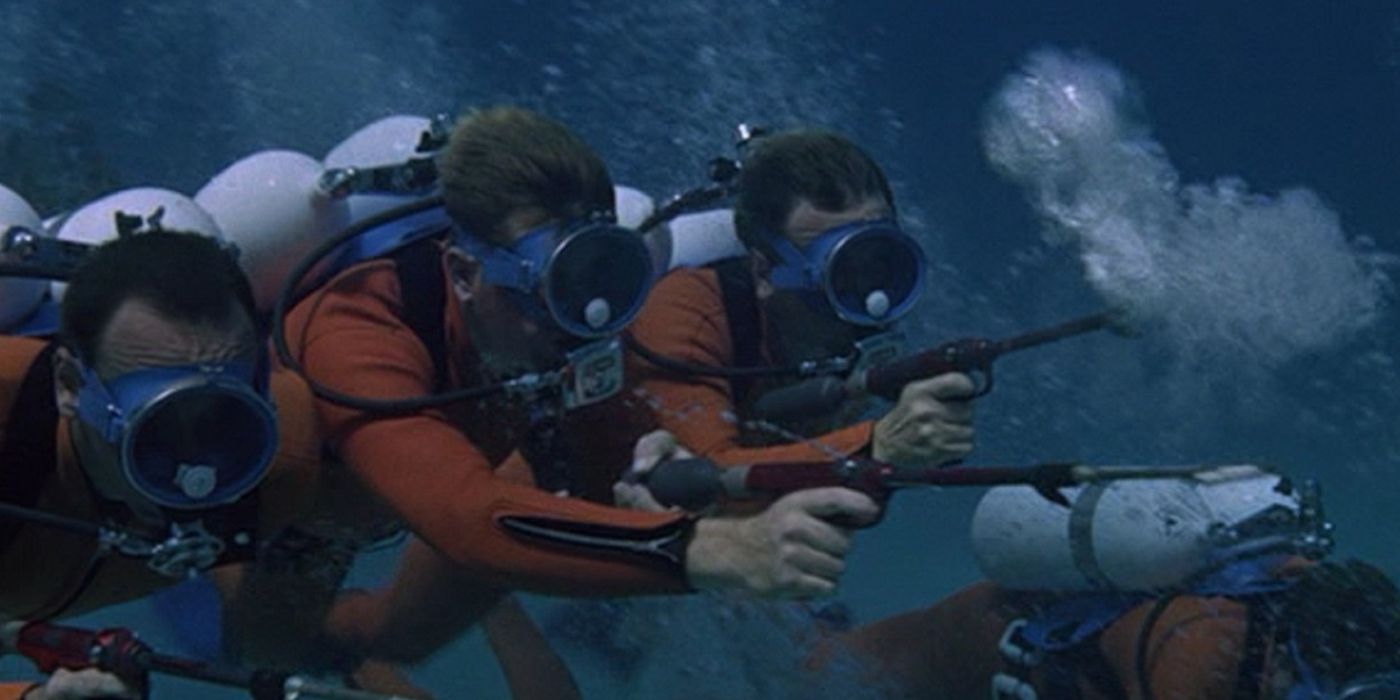
One of the most bizarre stories in the long history of the Bond franchise is the legal battle between author Ian Fleming and screenwriter Kevin McClory over Thunderball. In the late 1950s, Fleming worked with McClory to develop a script for the first James Bond feature film; however, that movie deal fell apart. Fleming then incorporated the ideas from that script in his 1961 novel Thunderball. McClory sued and subsequently gained film rights to the story. The Thunderball story McClory owned features iconic elements of the franchise, such as the iconic villain Ernst Blofeld and the organization SPECTRE.
Eon Productions struck a deal with McClory for the 1965 production of Thunderball, which effectively prevented the latter from producing a rival Bond picture — for ten years. In 1976, when the deal had expired, McClory collaborated with Sean Connery on a new picture, which would have been titled “Warhead.” This Bond picture would have featured SPECTRE, as well as robot sharks armed with explosives. McClory encountered legal issues, however, which prevented the project from going ahead. Eventually, McClory would successfully collaborate with Connery to produce one further Bond movie: Never Say Never Again.




